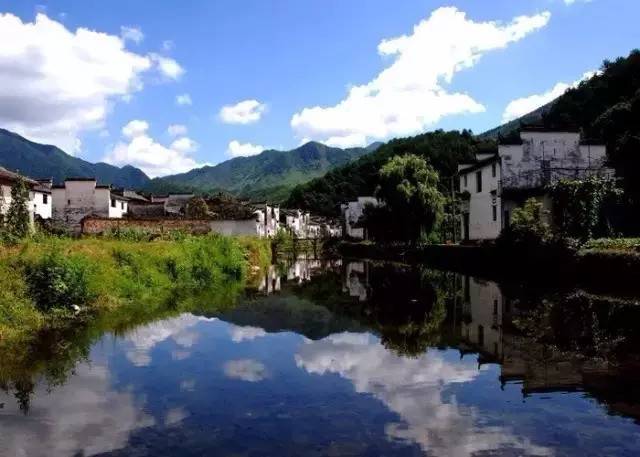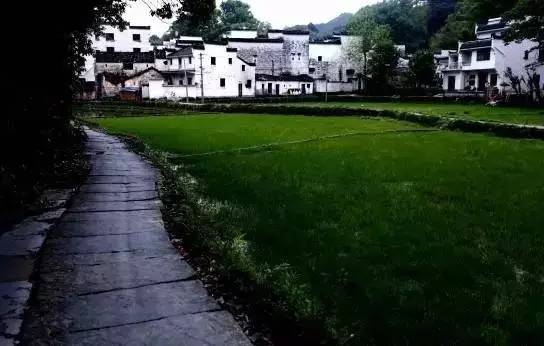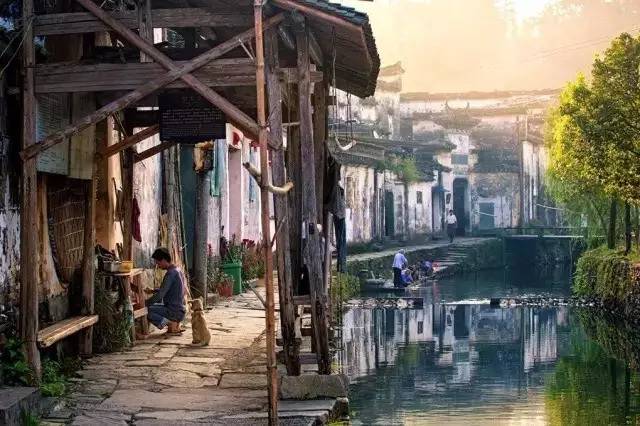Likeng Village
It was most prosperous during the Ming and Qing dynasties, forming a unique group of ancient buildings from these periods. The number of buildings and their well-preserved state are extremely rare in the country. Compared to the already infamous Xishan and Hongcun, Likeng has its own sense of pride that is not inferior. If you like Huizhou culture and want to pause for a moment in the flow of time, you must visit Likeng.
Yan Village
Historically renowned for its merchants, Yan Village's existing houses mostly date back to the Qianlong and Jiaqing periods of the Qing Dynasty. At its peak, the village had four ancestral halls and over a hundred large residences. During rainy or snowy weather, villagers could walk from one end of the village to the other without getting wet, thanks to the interconnected corridors. Official residences in Wuyuan emphasize grandeur, while merchant houses focus on wealth. The ancient architecture of Yan Village reflects the merchants' prayers for prosperity.
Xiaoqi Village
Ancient and elegant Ming and Qing dynasty residences, winding and tranquil streets, flagstone-paved post roads, and a natural environment with clear winds and lush greenery. Nestled among ancient verdant trees, Xiaoqi is a unique ancient cultural and ecological village in China. The village features many Ming and Qing dynasty residences with distinctive styles. Among them, the grand and imposing official residences such as 'Jinshi Di', 'Dafu Di', and 'Ronglu Di' are particularly captivating.
This village was first established in the early Northern Song Dynasty and is a settlement of the Hong family. It is located in a narrow and winding valley, surrounded by mountains and flowing streams. The village features clan buildings such as Guangyu Hall and Sanshu Hall. Inscriptions like 'Tea Rules', 'Health River', and 'Permanent Ban on Gambling' are testimonies to the clan system.
Built in the Southern Song Dynasty, Hongguan Ancient Village is known as 'the unparalleled land of Wu and Chu, the first pass of the ancient Huizhou and Raozhou roads.' The entire village is nestled in the natural scenery of brocade peaks and embroidered ridges, clear streams, and green rivers, achieving a beautiful artistic conception of the harmonious integration of buildings and the natural environment. The ancient Huizhou-style buildings from the Ming and Qing Dynasties in Hongguan are well-preserved and each has its own unique characteristics. The house designs are elegant and generous, with a large amount of brick carvings and exceptionally exquisite wood carving art.













